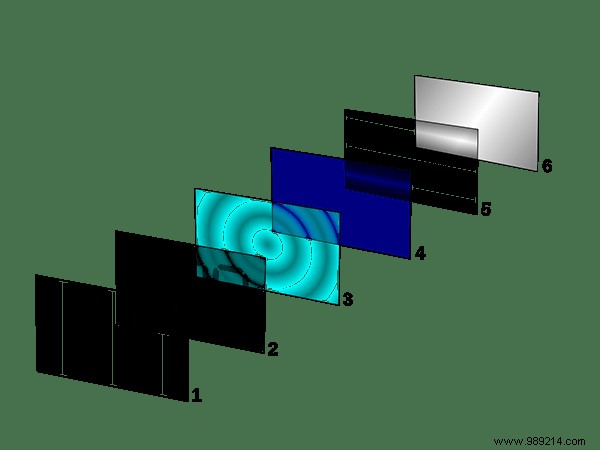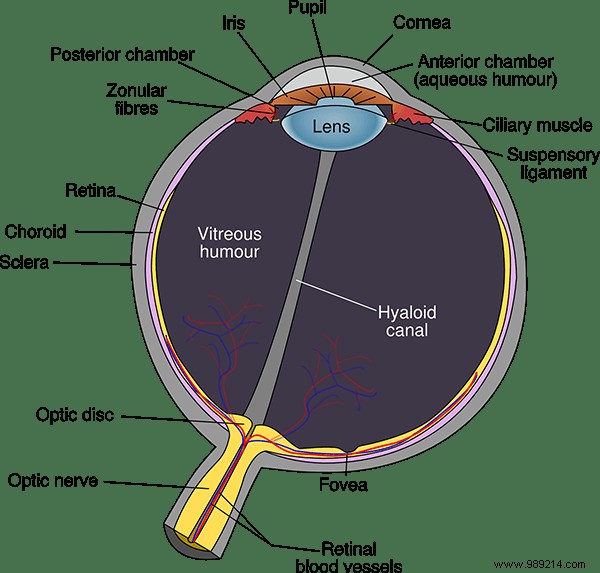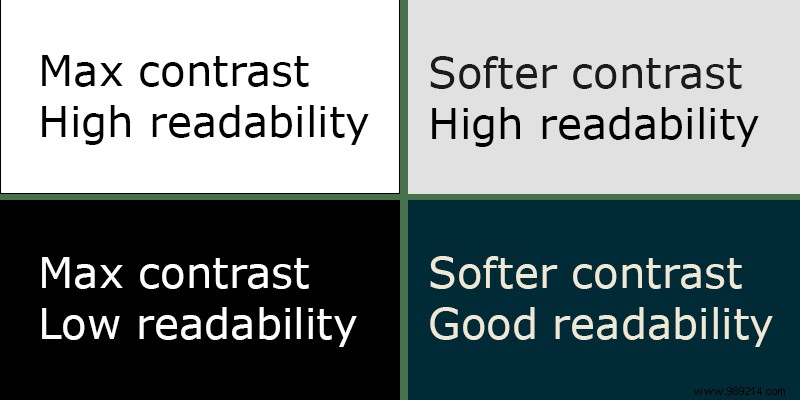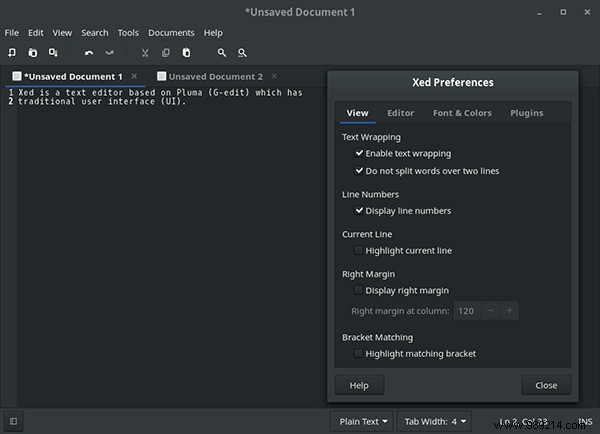It makes intuitive sense:brighter lights look a bit rougher on the eyes, and white is a higher-energy color, so it probably uses more battery, right? As usual, however, the reality is a bit more complicated. While it's true that darker colors take less power to generate, not all screen types are set up to take advantage of this. And when it comes to your eyesight, improving your experience with a dark theme is highly dependent on your eyes and the ambient light situation your screen is in.

On the other hand, however, devices with any form of LCD screen will not see battery life affected by the color. Brightness, yes; color, no. LCDs have a bunch of layers that contribute to the final image, but part of the equation is a backlight made up of a cluster of LEDs. If your screen is on, each of these LEDs will light up, consuming the same amount of power regardless of what color each individual pixel is flipped to. The pixels themselves consume no energy in an LCD screen.
The science is pretty clear here, which is good. AMOLED/OLED benefits a lot from dark themes, unlike LCD.

This is where things get a little trickier:because sometimes dark themes are better for your eyes, but not all the time.
In terms of readability, the verdict is clear:black text on a white background is best. It comes down to the properties of color, light, and the human iris. White essentially reflects all wavelengths of the color spectrum, which means our irises don't have to open wide to absorb enough light, leaving them in their natural shape. Because the lens isn't distorted by a larger iris, we can see things more clearly, especially a high-contrast color like black, which actually absorbs wavelengths instead of reflecting them.

White text on a black background doesn't work as well, because our iris has to open more to get the light, distorting the lens and making the white letters look like they're bleeding into their black background (known as name of “halation” effect). This is especially true for the 50% of the population who suffer from astigmatism.
It all has an effect, in fact:scientific studies have found repeated evidence that the readability of text is significantly improved by dark-on-light compared to light-on-dark.
That's great for readability, but what about eye strain? Leaving for a long time on a white screen is certainly worse, but the scientific jury is still out and colors may not really be the issue. Here's what we know.

Advantages:

Cons:
What does this actually mean? Basically, dark themes are more useful when you're in low ambient light or don't need to read large chunks of text. They also need to maintain a relatively high level of contrast for readability, but opting for pure white over pure black probably isn't a good choice. If you do a lot of screen reading, you should probably stick with a dark-on-light theme (perhaps a light gray background with black text) and try to control your screen brightness and ambient light situation. instead of changing colors.
If you like using dark themes, go for it! Anything that makes your eyes happy or satisfies your aesthetic fantasy. They won't save you battery unless you have an OLED screen, and they're mixed when it comes to eye strain, but there's certainly not much evidence against them, especially s 'they're careful to follow the line when it gets high contrast, but not high enough contrast to get a halo effect. Take inspiration from dark-themed apps like Netflix and Amazon TV, which are mostly used in low-light conditions (at night) and have interfaces designed accordingly:go for dark themes when it's dark, light themes when it's bright, or just try feels good.
Image Credits:Adwaita Dark Theme, LCD Layers, Nexus One Display Microscope